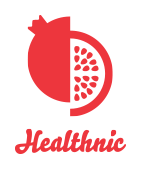Implementation: participatory discussion, brainstorming, group assignment.
Requirements: whiteboard/flipchart with markers
How to:
Step one: Participants form groups of 3-5.
Step two: Each group makes a list of 5 utensils, most commonly used in the kitchen.
Step three: The facilitator collects the lists and hands them out randomly among the group.
Step four: Group participants discuss what meal they can prepare with the utensils.
Step five: Groups share their ideas one by one, the facilitator writing the names of the meals on the whiteboard/flipchart.
Step six: The facilitator randomly asks participants to recall the utensils necessary to prepare one of the dishes, afterwards writing them down on the whiteboard/flipchart.
Step seven: Participants vote which dish they want to prepare.
Step eight: The participants and facilitator discuss the technical environment required to successful carry out the cooking (electricity, sink, cooker, etc.).
Example one:
A participant from Ukraine named diverse cooking equipment, due to their rich cuisine. In some regions they still commonly use wooden utensils (pottery) and ceramic stoves.
Example two:
A participant from Poland listed the frying pan as her multifunctional utensil to prepare breakfast (scrambled eggs), lunch (pancakes) and dinner (fried chicken and rice). For the preparation of any of these required will be a cooker.
Learning outcomes:
- exploring the possibilities to prepare dishes with different utensils
- developing creativity and sense of initiative
- experiencing intercultural exchange based on the availability and usability of materials







